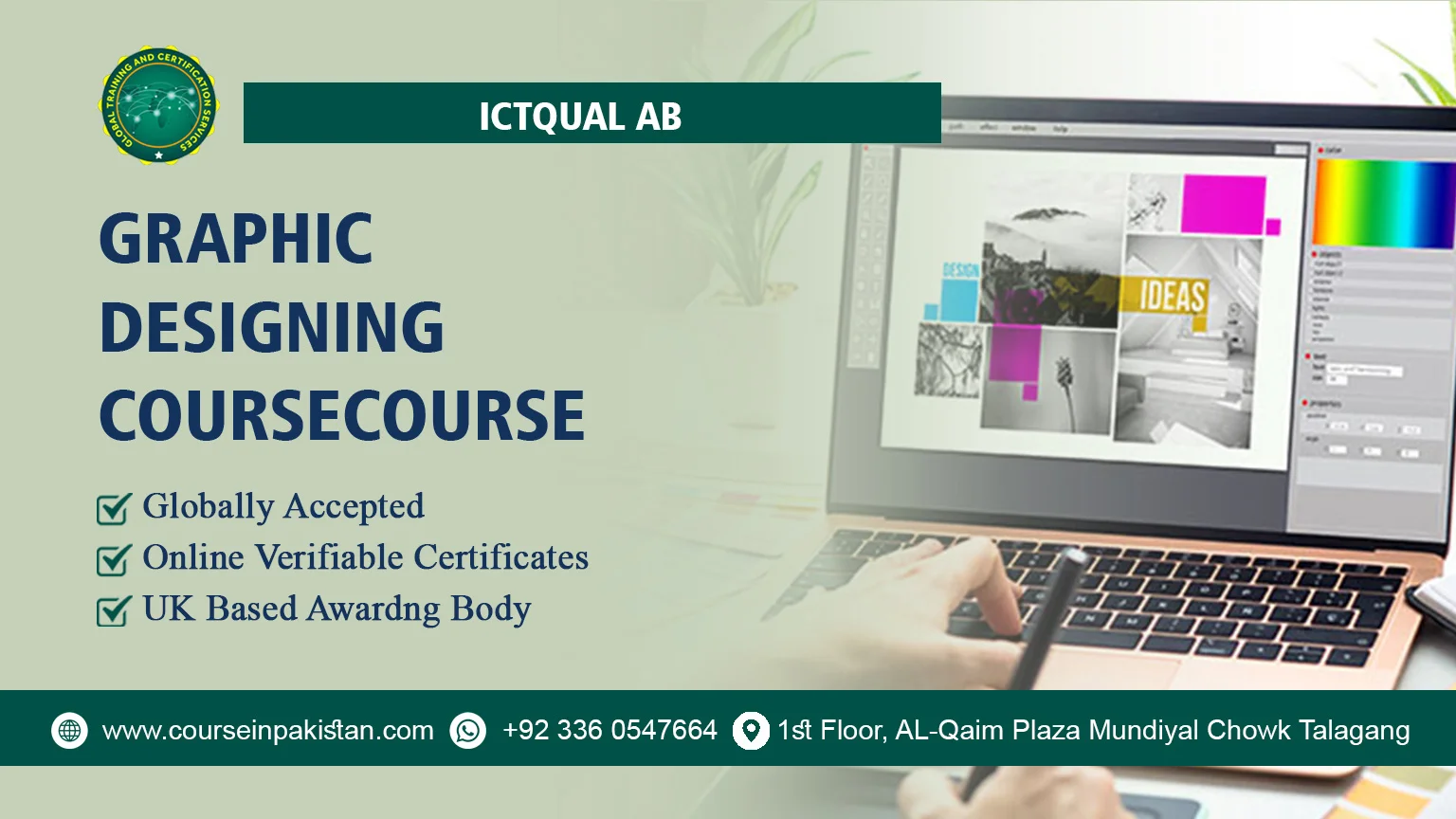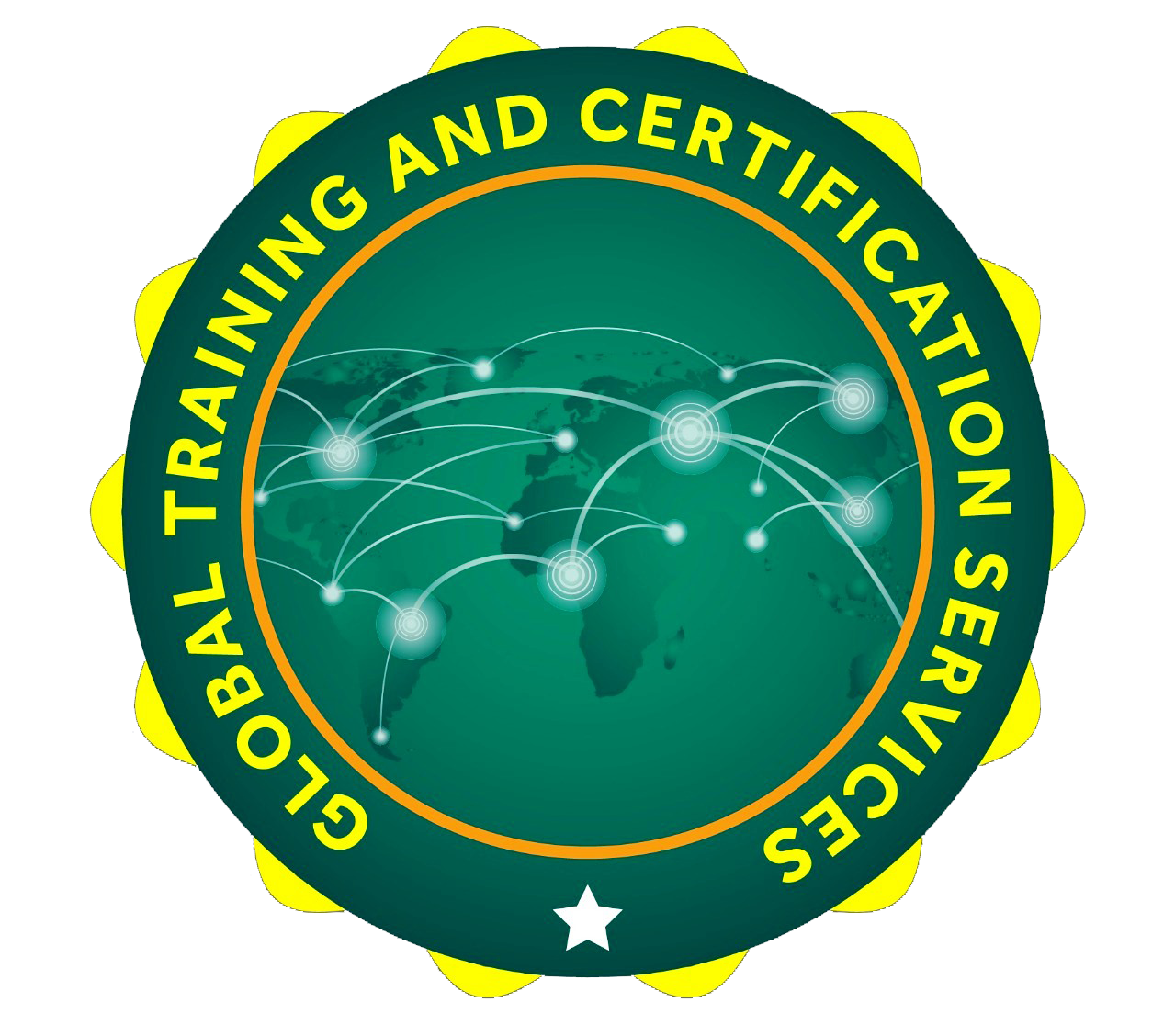
ICTQual Graphic Designing Course
In today’s visually-driven world, graphic design plays a crucial role in shaping how we perceive and interact with information, brands, and products. The Graphic Design Course offers aspiring designers and creative enthusiasts an opportunity to delve into the art and science of visual communication. Whether you’re aiming to launch a career in design or enhance your creative skills, this course provides a comprehensive foundation in graphic design principles, techniques, and industry-standard software tools.
Course Introduction
The Graphic Design Course is designed to equip participants with the essential skills and knowledge required to create compelling visual content across various mediums. From understanding design principles to mastering digital tools, this course provides a hands-on approach to developing proficiency in graphic design.
Course Overview
Participants can expect an immersive learning experience that combines theoretical knowledge with practical application. The curriculum covers fundamental design principles, typography, color theory, layout techniques, and the use of industry-standard software tools such as Adobe Photoshop, Illustrator, and InDesign. Through projects and assignments, participants will develop a portfolio showcasing their creative abilities and technical skills.
Course Benefits
- Creative Skill Development: Gain proficiency in design fundamentals, digital illustration, and layout composition.
- Industry-Relevant Tools: Master popular graphic design software used by professionals worldwide.
- Portfolio Building: Create a portfolio of work that demonstrates your design capabilities and creativity.
- Career Opportunities: Prepare for roles in graphic design, advertising, branding, digital marketing, and more.
Course Study Units
The Graphic Design Course covers essential study units to build a strong foundation in graphic design:
Learning Outcomes
Introduction to Graphic Design
Upon completion of this unit, participants will:
- Understand the principles and elements of graphic design.
- Identify the role of graphic design in visual communication.
- Analyze and critique basic design concepts and applications.
Typography
After mastering this unit, participants will be able to:
- Demonstrate proficiency in selecting and pairing fonts for various design purposes.
- Apply typographic principles to enhance readability and visual impact in design projects.
- Create typographic compositions that effectively convey messages and aesthetics.
Color Theory and Application
By the end of this unit, participants will:
- Understand the principles of color theory and its psychological effects.
- Apply color schemes harmoniously to create visually appealing designs.
- Use color effectively to evoke emotions and communicate messages in design work.
Image Editing and Manipulation
Upon completing this unit, participants will:
- Master techniques for editing and retouching images using industry-standard software.
- Apply non-destructive editing practices to maintain image quality and flexibility.
- Use image manipulation tools to enhance and transform photographs and graphics.
Vector Graphics and Illustration
After mastering this unit, participants will:
- Create scalable vector graphics (SVG) using vector-based software.
- Illustrate and design logos, icons, and illustrations with precision and clarity.
- Understand the advantages of vector graphics for various design applications.
Layout Design
By the end of this unit, participants will:
- Develop skills in arranging visual elements to create effective layouts.
- Apply principles of visual hierarchy, balance, and alignment in layout design.
- Design layouts for print and digital media that enhance user experience and readability.
Branding and Identity Design
Upon completing this unit, participants will:
- Understand the fundamentals of branding and visual identity.
- Develop visual identities, including logos, color palettes, and brand guidelines.
- Apply design principles to create cohesive and memorable brand identities.
Motion Graphics and Animation
After mastering this unit, participants will:
- Create motion graphics and animations using animation software.
- Apply principles of timing, pacing, and storytelling in motion design.
- Incorporate motion graphics to enhance user engagement and communication.
Portfolio Development
By the end of this unit, participants will:
- Compile and showcase a professional portfolio that demonstrates their graphic design skills and creativity.
- Present their work effectively to potential clients, employers, or collaborators.
- Continuously update and refine their portfolio to reflect their evolving skills and design aesthetic.
These learning outcomes ensure that participants of the Graphic Design Course acquire comprehensive knowledge and practical skills in essential areas of graphic design. Whether aspiring to pursue a career in design or looking to enhance creative abilities, mastering these study units equips individuals with the expertise needed to create impactful visual content across various mediums and industries.
Who Is This Course For?
The Graphic Design Course is ideal for:
- Aspiring Designers: Looking to launch a career in graphic design or enhance existing skills.
- Creative Professionals: Wanting to expand their knowledge and proficiency in digital design tools and techniques.
- Marketing and Communication Specialists: Seeking to integrate visual communication strategies into their roles.
- Entrepreneurs and Small Business Owners: Interested in creating their own marketing materials and branding assets.
Future Progression for This Course
Completion of the Graphic Design Course opens doors to various avenues for further career advancement and specialization:
- Advanced Graphic Design: Pursue advanced courses or workshops focusing on specialized areas such as web design, motion graphics, or UX/UI design.
- Freelance or Agency Work: Explore opportunities as a freelance graphic designer or join creative agencies.
- Specialized Certifications: Obtain certifications in specific software applications or design disciplines to enhance expertise.
- Career Advancement: Progress to roles such as Graphic Designer, Art Director, Creative Director, or Visual Content Creator in various industries.
Graphic Design Course provides a gateway to unlocking your creative potential and building a rewarding career in visual communication. Whether you’re passionate about design or seeking to enhance your professional skills, this course equips you with the knowledge, tools, and portfolio to succeed in the dynamic field of graphic design. Start your journey towards becoming a skilled and sought-after graphic designer today.






